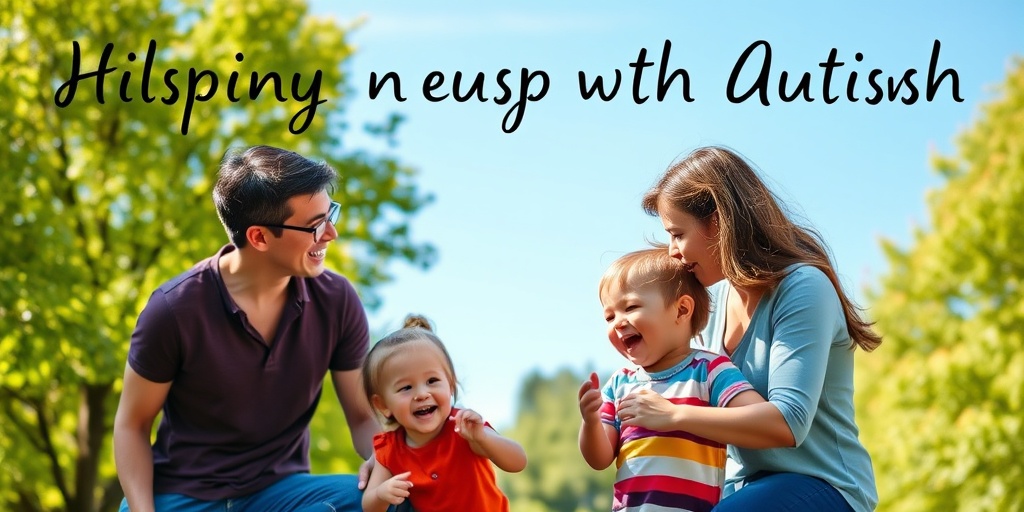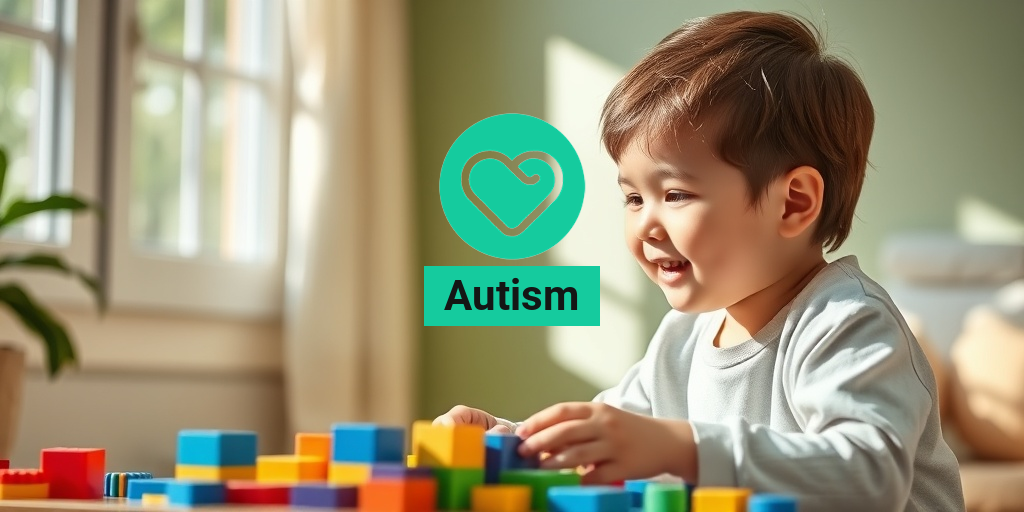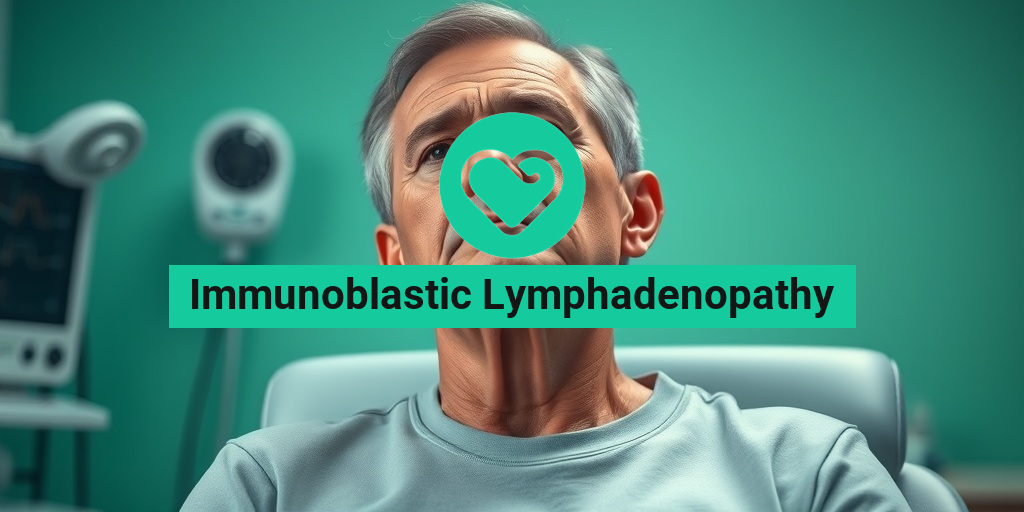What Is Autism?
Autism, or Autism Spectrum Disorder (ASD), is a complex neurodevelopmental condition that affects how individuals perceive the world and interact with others. It is characterized by a range of symptoms and challenges, which can vary significantly from person to person. The term “spectrum” reflects the wide variety of symptoms and abilities that individuals with autism may exhibit.
ASD is typically diagnosed in early childhood, although some individuals may not receive a diagnosis until later in life. The exact cause of autism is still not fully understood, but research suggests that a combination of genetic and environmental factors may play a role. Understanding autism is crucial for fostering acceptance and support for those on the spectrum.
The Meaning of Autism
The word “autism” comes from the Greek word “autos,” meaning “self.” This reflects the tendency of individuals with autism to focus inwardly, which can sometimes make social interactions challenging. Autism is not a disease; rather, it is a different way of experiencing the world. Many individuals with autism have unique strengths and talents, and with the right support, they can lead fulfilling lives.
Types of Autism Spectrum Disorder
ASD encompasses several different diagnoses, including:
- Autistic Disorder: Often referred to simply as autism, this is the most severe form of the spectrum.
- Asperger’s Syndrome: Individuals with Asperger’s typically have average or above-average intelligence and may struggle with social interactions.
- Pervasive Developmental Disorder – Not Otherwise Specified (PDD-NOS): This diagnosis is used for individuals who meet some, but not all, criteria for autism.
Each type presents its own set of challenges and strengths, emphasizing the importance of personalized support and intervention.
Autism Symptoms
Recognizing the symptoms of autism is essential for early diagnosis and intervention. While symptoms can vary widely, they generally fall into two main categories: social communication challenges and restricted or repetitive behaviors.
Social Communication Challenges
Individuals with autism may experience difficulties in social situations, which can manifest in various ways:
- Difficulty with Eye Contact: Many individuals with autism may avoid eye contact or find it uncomfortable.
- Challenges in Understanding Social Cues: They may struggle to interpret body language, tone of voice, or facial expressions.
- Limited Interest in Social Interactions: Some may prefer solitary activities and show less interest in engaging with peers.
- Delayed Speech Development: Language skills may develop later than expected, and some individuals may remain non-verbal.
Restricted or Repetitive Behaviors
In addition to social communication challenges, individuals with autism may exhibit specific behaviors, such as:
- Repetitive Movements: This can include hand-flapping, rocking, or spinning.
- Intense Focus on Specific Interests: Many individuals develop deep knowledge or passion for particular subjects.
- Resistance to Change: Changes in routine or environment can be distressing for individuals with autism.
- Sensory Sensitivities: They may be overly sensitive or under-responsive to sensory input, such as sounds, lights, or textures.
Importance of Early Diagnosis
Early diagnosis and intervention can significantly improve outcomes for individuals with autism. If you suspect that a child or loved one may be exhibiting symptoms of autism, it is essential to seek a professional evaluation. Resources like Yesil Health AI (yesilhealth.com) can provide evidence-based information and guidance on autism testing and support options.
Understanding autism is a journey that requires patience, empathy, and education. By raising awareness and fostering acceptance, we can create a more inclusive society for individuals on the autism spectrum. 🌈

Autism Diagnosis
Diagnosing autism can be a complex process, as it often involves a combination of behavioral assessments, developmental history, and sometimes medical evaluations. Understanding the steps involved in an autism diagnosis can help parents and caregivers navigate this journey more effectively.
Understanding the Autism Spectrum
Autism is often referred to as a spectrum disorder, meaning that it encompasses a wide range of symptoms and behaviors. Some individuals may exhibit significant challenges in communication and social interaction, while others may have milder symptoms. This variability can make diagnosis challenging, as there is no single test that can definitively identify autism.
Signs and Symptoms
Before seeking a diagnosis, it’s important to recognize the common autism symptoms. These may include:
- Social Challenges: Difficulty in understanding social cues, maintaining eye contact, or forming relationships.
- Communication Difficulties: Delayed speech development or challenges in engaging in conversations.
- Repetitive Behaviors: Engaging in repetitive movements or having strict routines.
- Intense Interests: Focusing deeply on specific topics or activities.
The Diagnostic Process
The diagnostic process typically involves several steps:
- Initial Screening: Pediatricians often conduct routine screenings during well-child visits to identify potential developmental delays.
- Comprehensive Evaluation: If concerns arise, a comprehensive evaluation by a specialist, such as a psychologist or psychiatrist, may be recommended. This evaluation often includes standardized tests and interviews with parents.
- Developmental History: Gathering information about the child’s developmental milestones, family history, and behavioral patterns is crucial.
It’s essential for parents to be proactive and advocate for their child during this process. Early diagnosis can lead to early intervention, which is critical for improving outcomes for children with autism. 🌟
Autism Causes
The exact causes of autism remain largely unknown, but research suggests that a combination of genetic and environmental factors may play a role. Understanding these potential causes can help demystify the condition and provide insights into its complexities.
Genetic Factors
Studies indicate that genetics may significantly contribute to the likelihood of developing autism. Some key points include:
- Family History: Children with a sibling or parent who has autism are at a higher risk of being diagnosed themselves.
- Genetic Mutations: Certain genetic mutations have been linked to autism, although these are not present in all cases.
Environmental Influences
In addition to genetic factors, environmental influences may also contribute to the development of autism. Some of these factors include:
- Parental Age: Advanced parental age at the time of conception has been associated with a higher risk of autism.
- Pregnancy Complications: Factors such as maternal infections, exposure to certain medications, or complications during pregnancy may increase the risk.
- Environmental Toxins: Exposure to heavy metals or other environmental toxins during pregnancy or early childhood is being studied for its potential link to autism.
Ongoing Research
Research into the causes of autism is ongoing, with scientists exploring various avenues to better understand this complex disorder. While no single cause has been identified, the interplay between genetics and environment is a focal point of current studies. 🔍
As we continue to learn more about autism, it’s crucial for families to stay informed and seek support. Understanding the potential causes can empower parents and caregivers to make informed decisions regarding interventions and support systems for their children.

Autism Risk Factors
Understanding the risk factors associated with autism is crucial for early detection and intervention. While the exact cause of autism remains unclear, research has identified several factors that may increase the likelihood of a child being diagnosed with an autism spectrum disorder (ASD). Here, we explore some of the most significant risk factors.
Genetic Factors
Genetics play a vital role in the development of autism. Studies have shown that children with a family history of autism are at a higher risk of being diagnosed themselves. Specific genetic mutations and variations have been linked to ASD, suggesting that inherited traits may contribute to the disorder. If you have a relative with autism, it’s essential to be aware of this increased risk.
Environmental Influences
Environmental factors can also impact the likelihood of developing autism. Some of these include:
- Parental Age: Advanced parental age, particularly paternal age, has been associated with a higher risk of autism.
- Pregnancy Complications: Complications during pregnancy, such as maternal infections or exposure to certain medications, may increase the risk.
- Exposure to Toxins: Environmental toxins, such as heavy metals and pesticides, have been studied for their potential link to autism.
Gender Differences
Research indicates that autism is more prevalent in boys than in girls, with a ratio of approximately 4:1. This disparity suggests that biological differences may influence the development of autism. Understanding these gender differences can help in recognizing symptoms and ensuring timely intervention.
Developmental Delays
Children who experience developmental delays in areas such as speech and language may be at a higher risk for autism. Early signs of autism can often be identified through these delays, making it essential for parents and caregivers to monitor their child’s development closely.
Autism Treatment Options
While there is no cure for autism, various treatment options can help individuals manage symptoms and improve their quality of life. Early intervention is key, and a combination of therapies tailored to the individual’s needs can be highly effective. Here are some common treatment options for autism:
Behavioral Therapies
Behavioral therapies are among the most widely used treatments for autism. These therapies focus on improving specific behaviors and skills. Some popular approaches include:
- Applied Behavior Analysis (ABA): This evidence-based therapy uses reinforcement techniques to encourage positive behaviors and reduce negative ones.
- Social Skills Training: This therapy helps individuals with autism develop essential social skills, improving their ability to interact with others.
Speech and Language Therapy
Many individuals with autism experience challenges with communication. Speech and language therapy can help improve verbal and non-verbal communication skills. This therapy focuses on:
- Enhancing vocabulary and sentence structure
- Improving social communication skills
- Teaching alternative communication methods, such as sign language or communication devices
Occupational Therapy
Occupational therapy aims to help individuals with autism develop the skills needed for daily living. This may include:
- Improving fine motor skills
- Enhancing sensory processing abilities
- Teaching self-care skills, such as dressing and grooming
Medication
While there is no medication specifically for autism, certain medications can help manage symptoms associated with the disorder, such as anxiety, depression, or hyperactivity. It’s essential to consult with a healthcare professional to determine the best approach for your situation.
Support and Resources
In addition to therapies and medications, support from family, friends, and community resources is vital for individuals with autism. Support groups, educational programs, and advocacy organizations can provide valuable information and assistance to families navigating the challenges of autism.
In conclusion, understanding the risk factors and treatment options for autism can empower families and individuals to seek the necessary support and interventions. Early detection and a tailored approach to treatment can significantly improve outcomes for those on the autism spectrum. 🌟

Autism Support Strategies
Supporting individuals with autism requires a multifaceted approach that addresses their unique needs and challenges. Whether you are a parent, caregiver, or educator, understanding effective support strategies can make a significant difference in the lives of those on the autism spectrum. Here are some key strategies to consider:
1. Create a Structured Environment
Individuals with autism often thrive in structured environments. Establishing a consistent routine can help reduce anxiety and improve focus. Here are some tips:
- Visual Schedules: Use visual aids to outline daily activities. This can help individuals understand what to expect throughout the day.
- Clear Expectations: Clearly communicate expectations for behavior and tasks. This can minimize confusion and promote independence.
2. Foster Communication Skills
Communication can be a significant challenge for many individuals with autism. Here are some strategies to enhance communication:
- Use Visual Supports: Incorporate pictures, symbols, or written words to aid understanding.
- Encourage Alternative Communication: For those who struggle with verbal communication, consider using sign language, communication devices, or apps.
3. Promote Social Skills
Social interactions can be difficult for individuals with autism. To help them navigate social situations, consider the following:
- Social Stories: Create social stories that outline specific social situations and appropriate responses.
- Role-Playing: Engage in role-playing exercises to practice social scenarios in a safe environment.
4. Encourage Sensory Integration
Many individuals with autism experience sensory sensitivities. To support sensory integration, try these strategies:
- Provide Sensory Breaks: Allow for regular breaks to engage in sensory activities, such as swinging, jumping, or using fidget toys.
- Create a Calm Space: Designate a quiet area where individuals can retreat when feeling overwhelmed.
5. Involve Professionals
Collaboration with professionals can enhance support strategies. Consider involving:
- Occupational Therapists: They can provide strategies for sensory integration and daily living skills.
- Speech Therapists: They can assist with communication challenges and social skills development.
Living with Autism
Living with autism presents unique challenges and opportunities for growth. Understanding the experiences of individuals on the autism spectrum can foster empathy and support. Here are some insights into living with autism:
Understanding Daily Life
Daily life for individuals with autism can vary widely based on their unique strengths and challenges. Some may excel in specific areas, such as mathematics or art, while others may struggle with everyday tasks. Here are some common aspects of daily life:
- Routine and Predictability: Many individuals with autism find comfort in routines. Predictable schedules can help reduce anxiety and promote a sense of security.
- Social Interactions: Social situations can be overwhelming. Individuals may prefer solitary activities or smaller groups where they feel more comfortable.
Emotional Well-Being
Emotional well-being is crucial for individuals with autism. Here are some factors to consider:
- Self-Regulation: Many individuals with autism may struggle with emotional regulation. Teaching coping strategies can help them manage their emotions effectively.
- Support Networks: Building a strong support network of family, friends, and professionals can provide essential emotional support.
Celebrating Strengths
While challenges exist, individuals with autism often possess unique strengths and talents. Here are some ways to celebrate these:
- Encourage Interests: Support individuals in pursuing their passions, whether it’s art, music, technology, or another area.
- Highlight Achievements: Celebrate milestones and achievements, no matter how small, to boost confidence and self-esteem.
Living with autism is a journey filled with both challenges and triumphs. By implementing effective support strategies and fostering understanding, we can create a more inclusive and supportive environment for individuals on the autism spectrum. 🌈

Frequently Asked Questions about Autism
What is Autism?
Autism is a developmental disorder that affects communication, behavior, and social interaction. It is often referred to as Autism Spectrum Disorder (ASD) because it encompasses a wide range of symptoms and abilities.
What are the common symptoms of Autism?
- Difficulty with communication and social interactions
- Repetitive behaviors or interests
- Challenges in understanding social cues
- Unusual responses to sensory experiences
How is Autism diagnosed?
The diagnosis of Autism typically involves a comprehensive evaluation by a healthcare professional, which may include:
- Developmental screenings
- Behavioral assessments
- Parental interviews
What is an Autism test?
An autism test is a series of assessments designed to evaluate an individual’s behavior and development. These tests help determine if someone meets the criteria for Autism Spectrum Disorder.
What does the Autism spectrum mean?
The Autism spectrum refers to the range of symptoms and severity associated with Autism. Individuals on the spectrum may experience varying degrees of challenges and strengths.
Can Autism be treated?
While there is no cure for Autism, various therapies and interventions can help individuals improve their skills and manage symptoms. Common treatments include:
- Behavioral therapy
- Speech therapy
- Occupational therapy
What support is available for individuals with Autism?
Support for individuals with Autism can come from various sources, including:
- Support groups for families
- Educational resources
- Community programs
Is there a genetic component to Autism?
Research suggests that genetics may play a role in the development of Autism. However, environmental factors may also contribute to the risk of developing the disorder.
How can I help someone with Autism?
Supporting someone with Autism involves understanding their unique needs and challenges. Here are some ways to help:
- Be patient and understanding
- Encourage communication
- Provide a structured environment
Where can I find more information about Autism?
For more information about Autism, consider visiting reputable organizations such as:
- The Autism Society
- Autism Speaks
- National Autistic Society
If you have any more questions about Autism, feel free to reach out to a healthcare professional or a support organization. 😊




